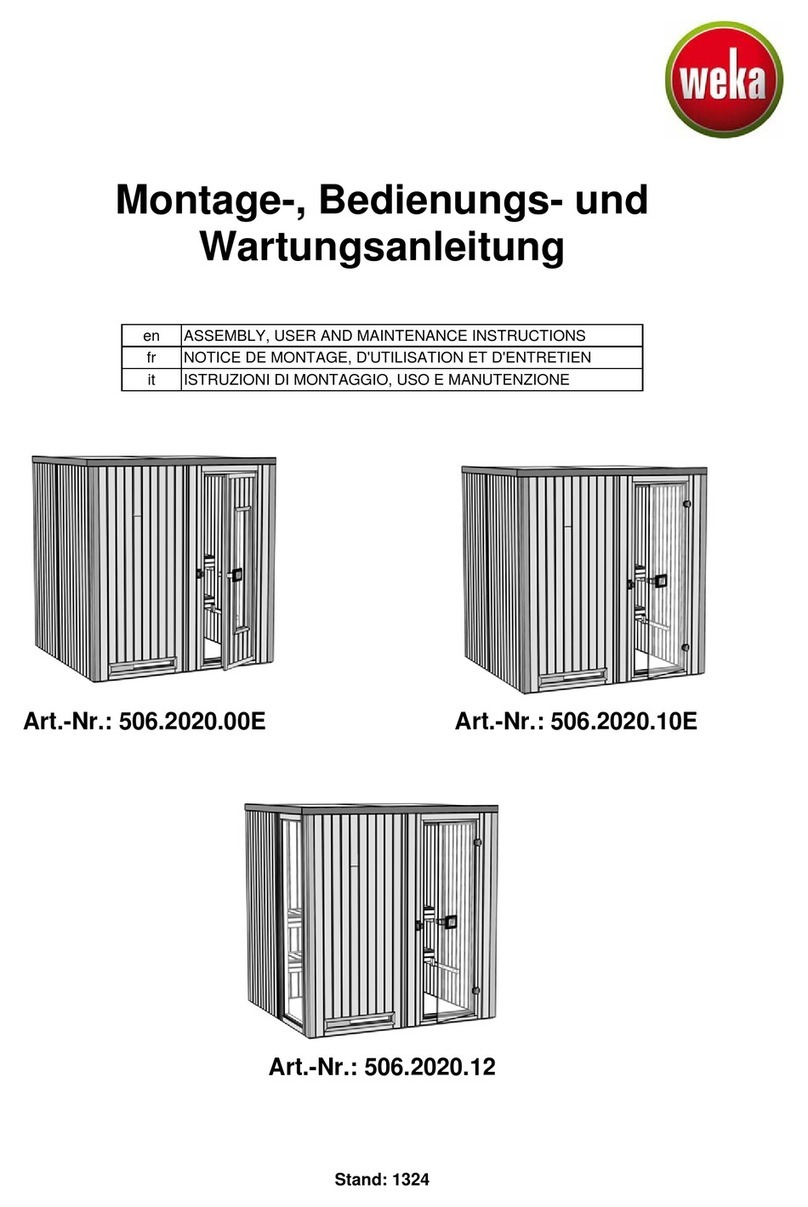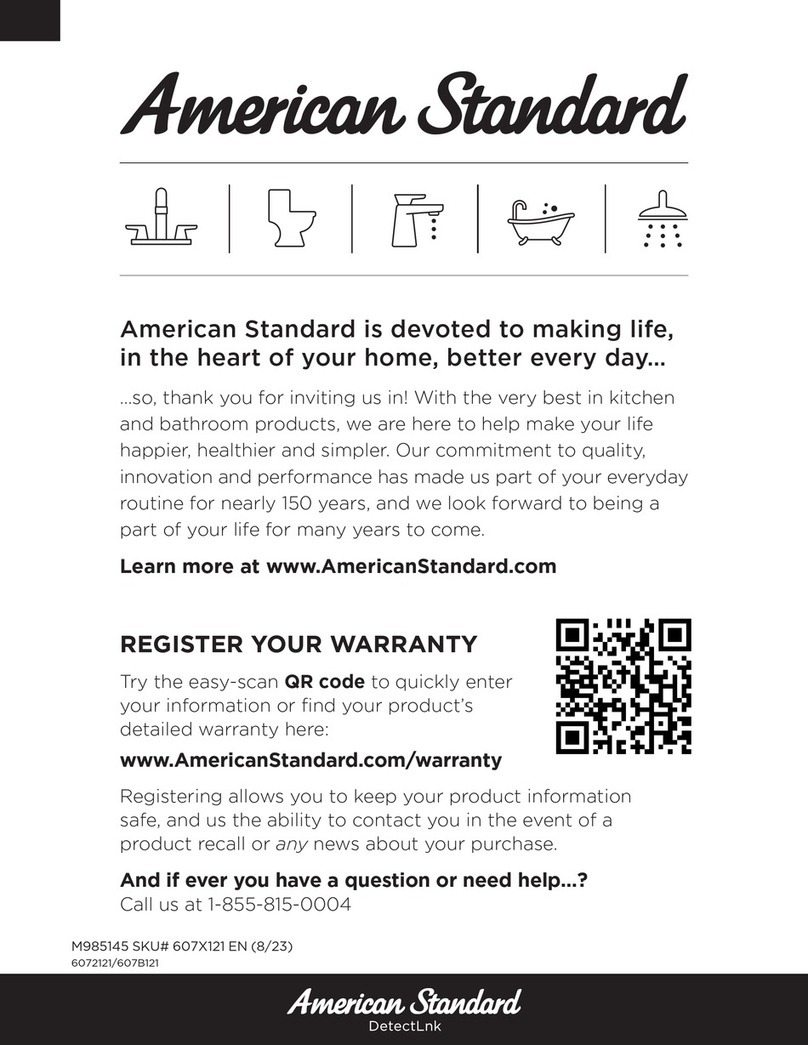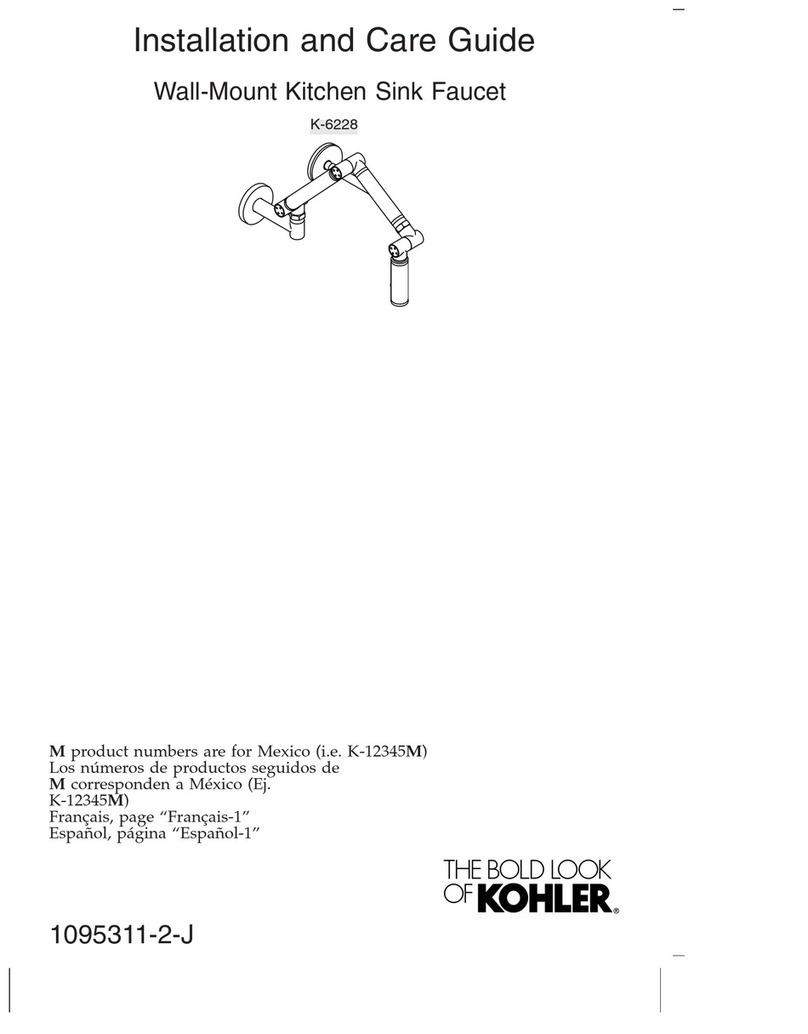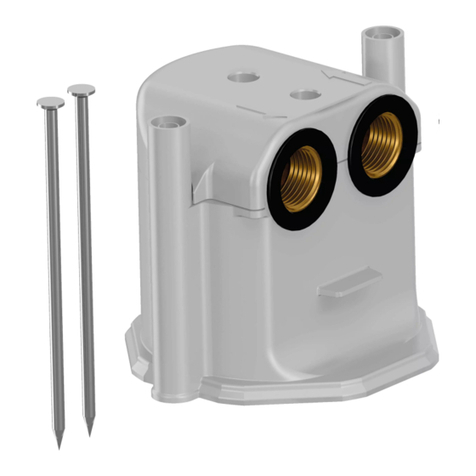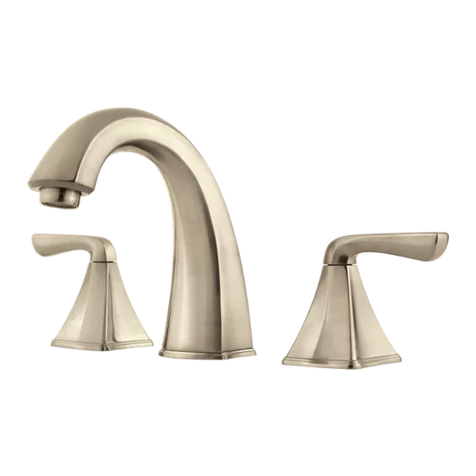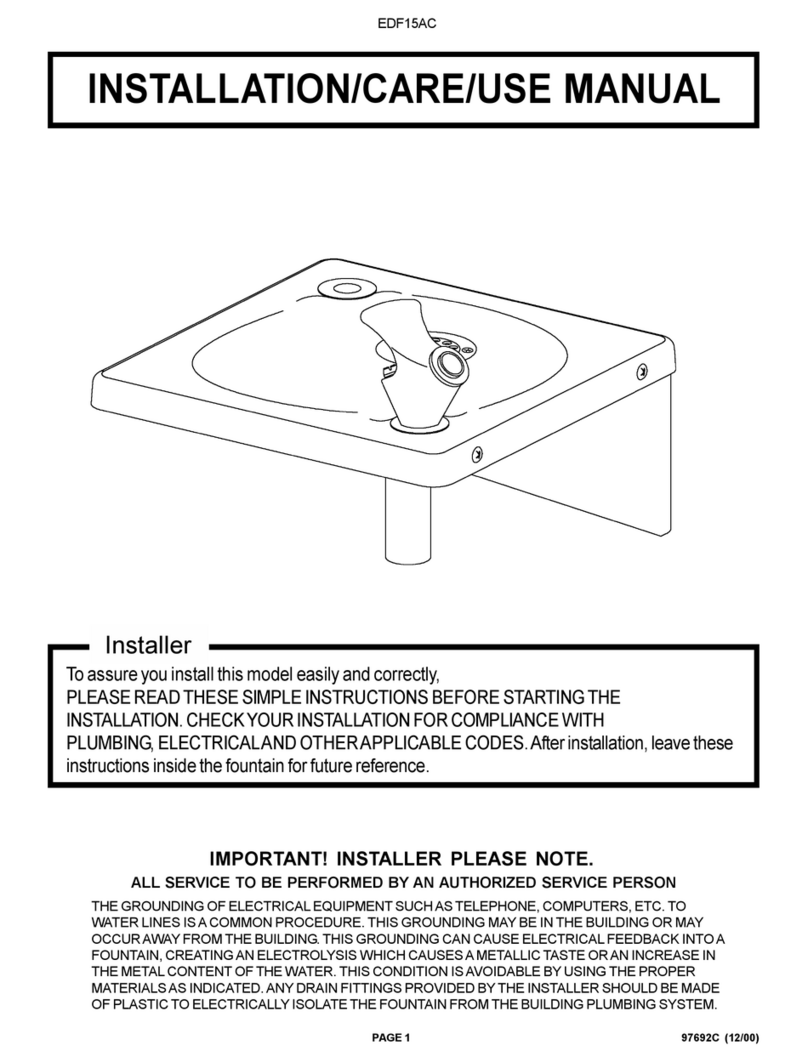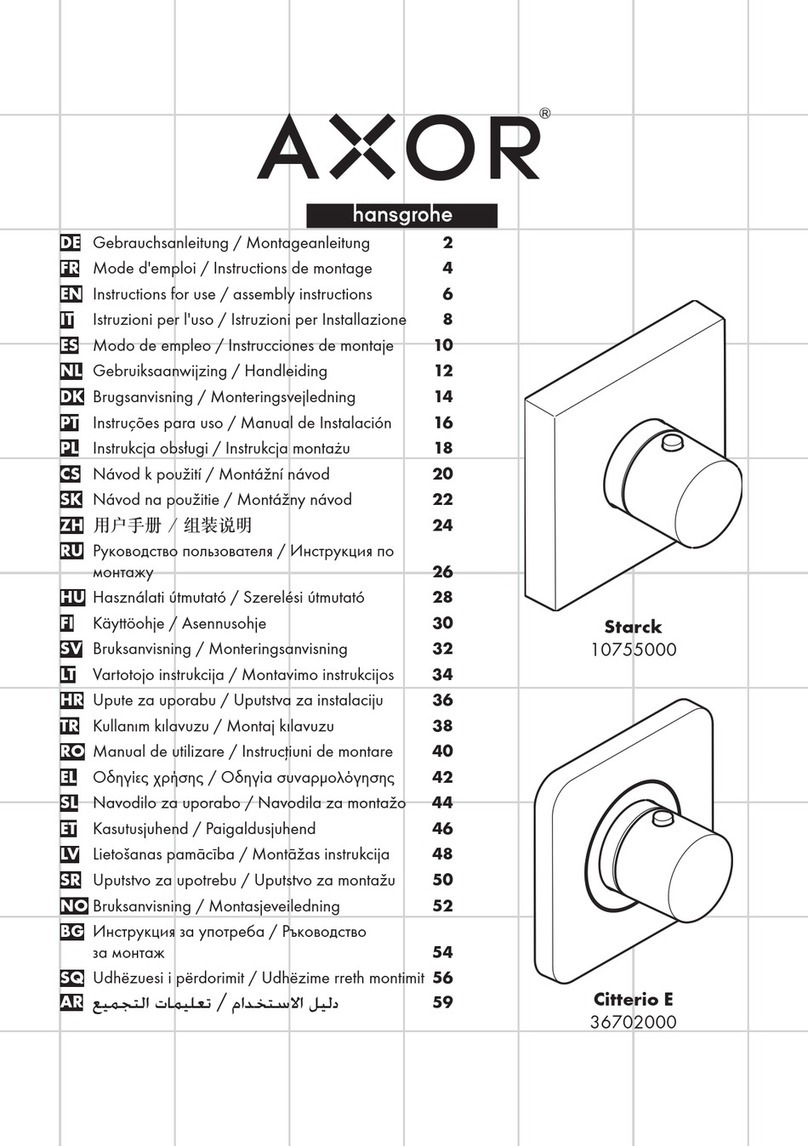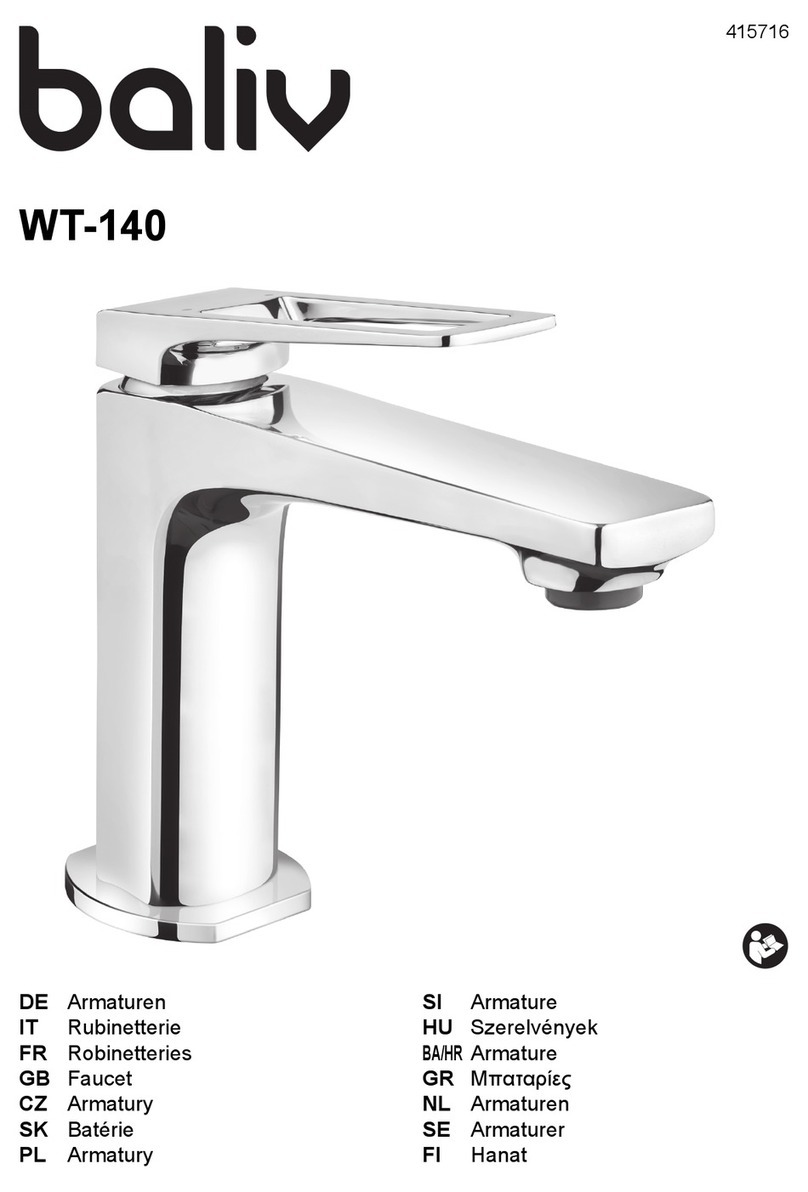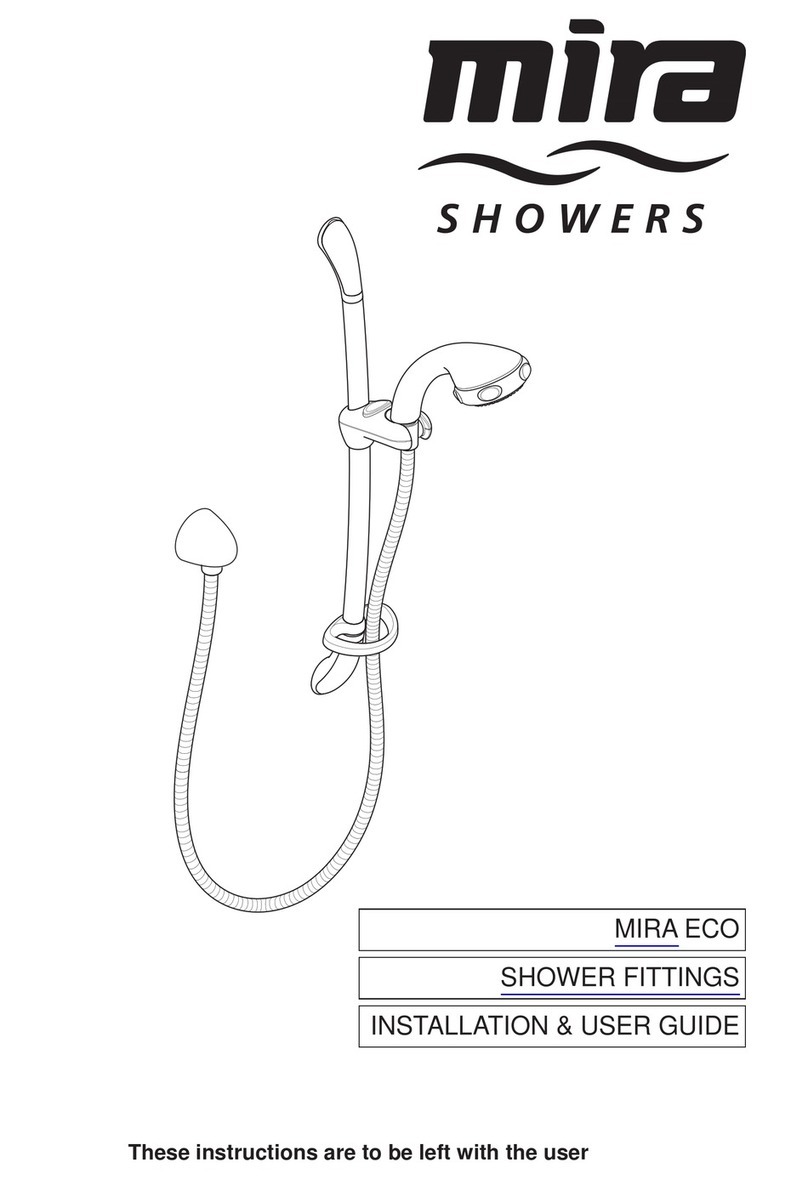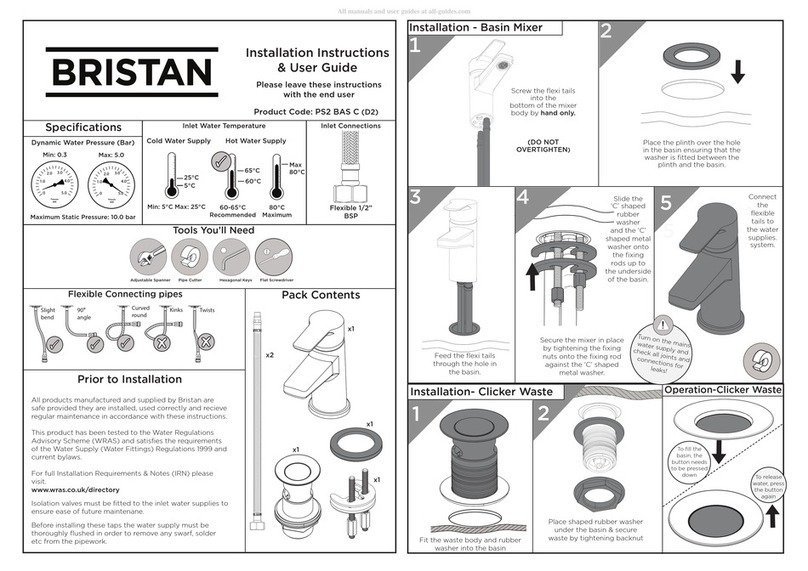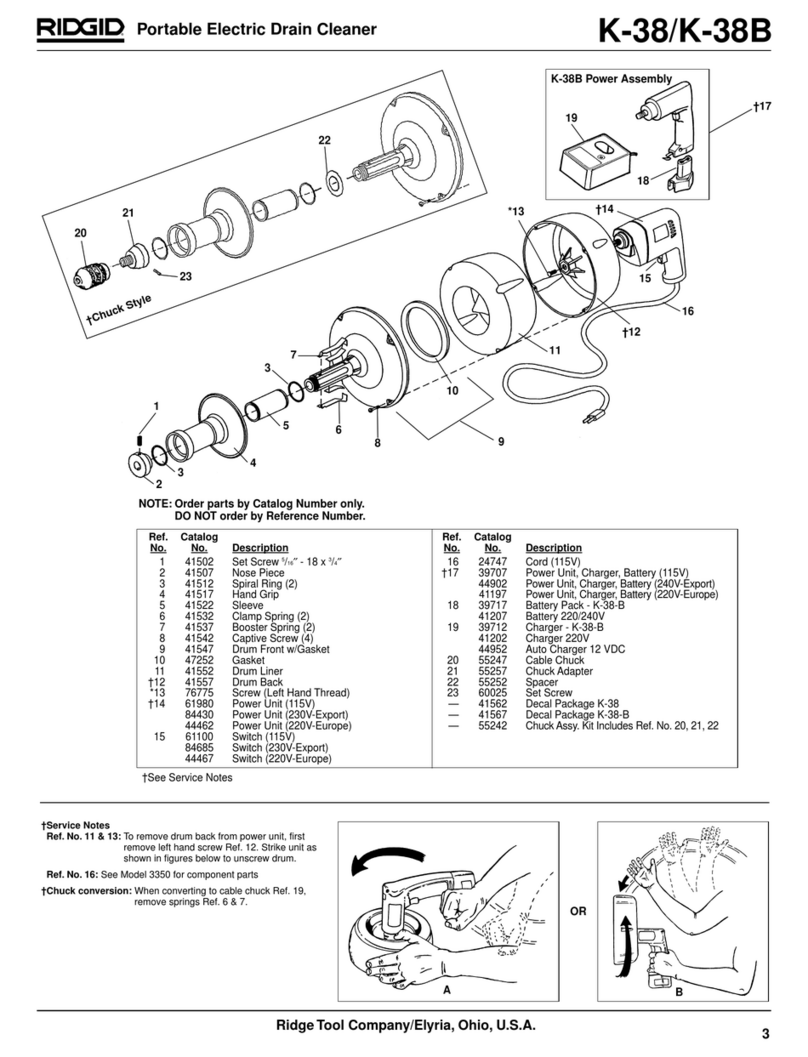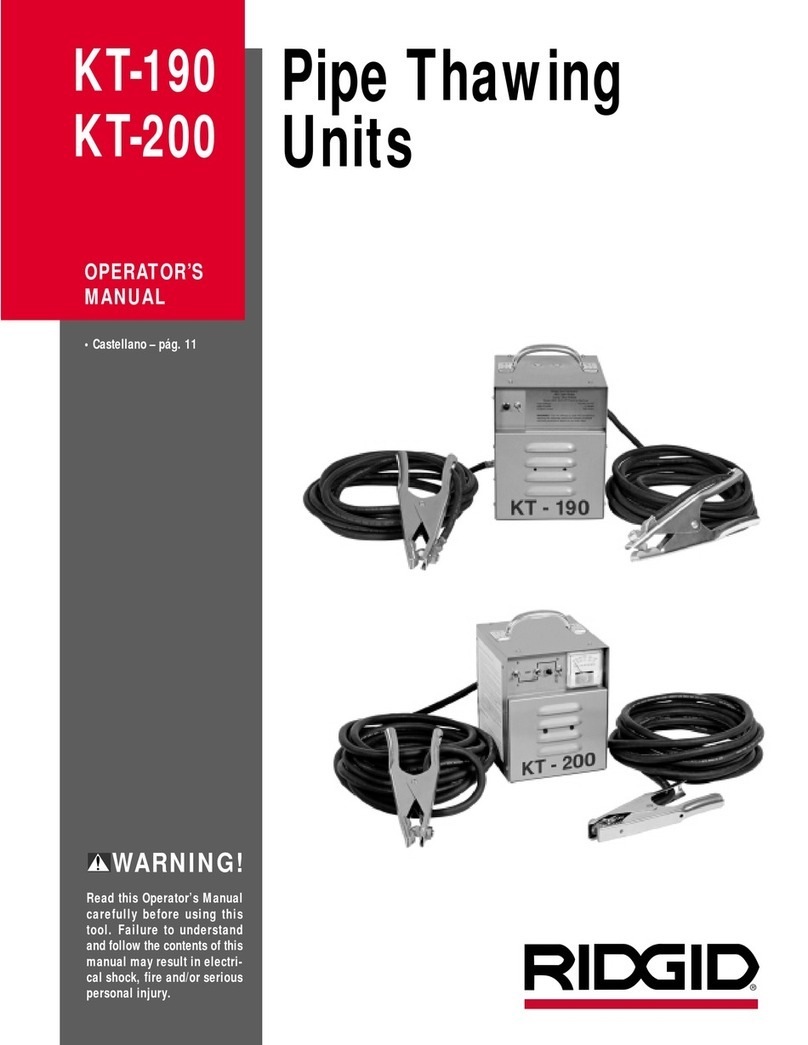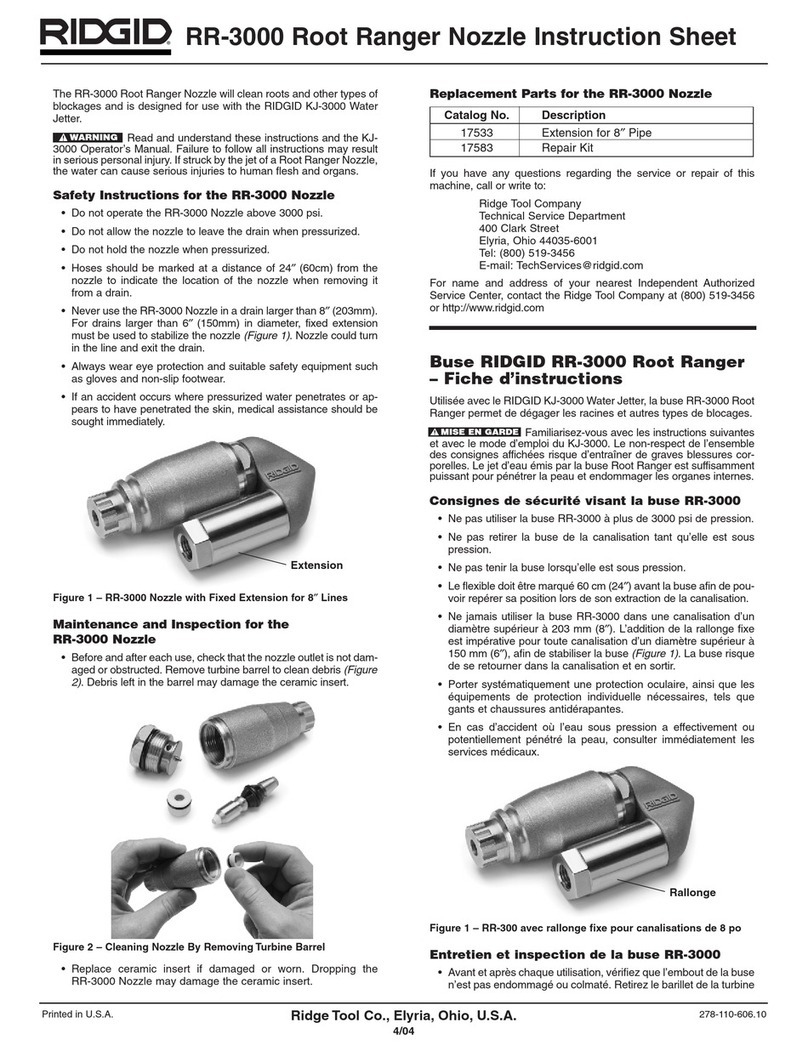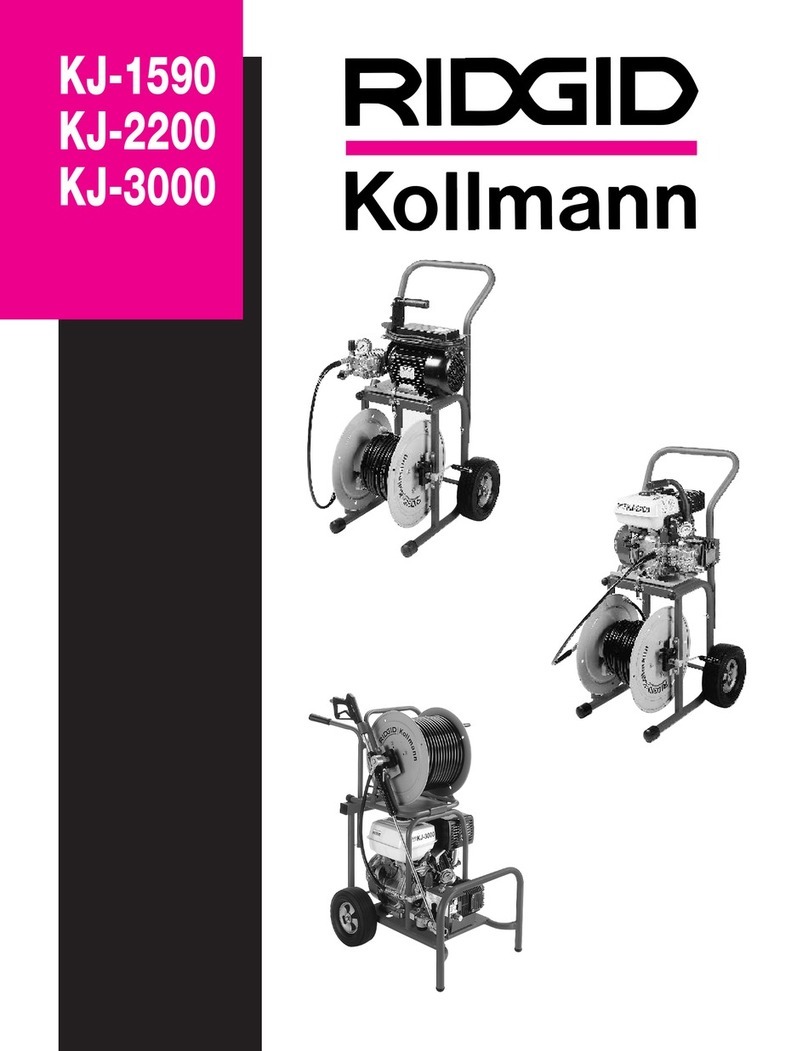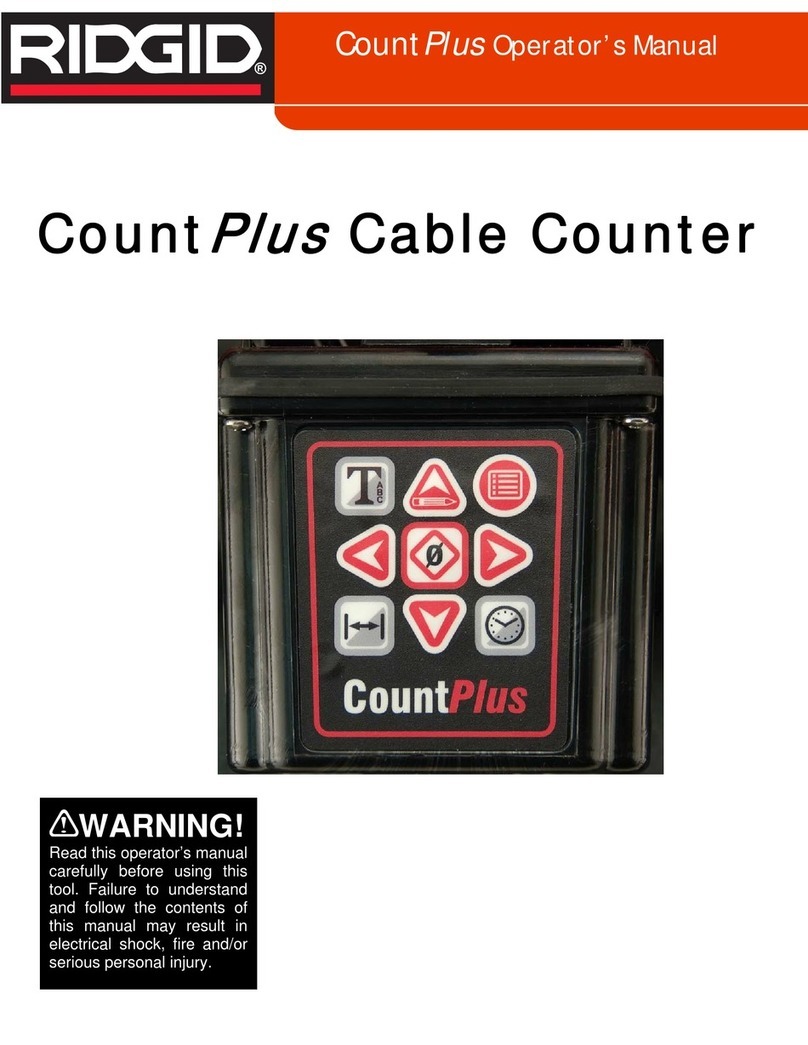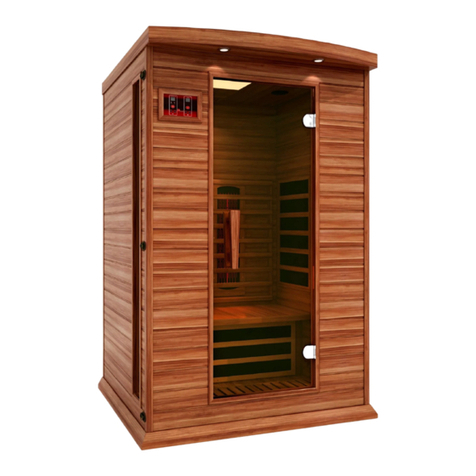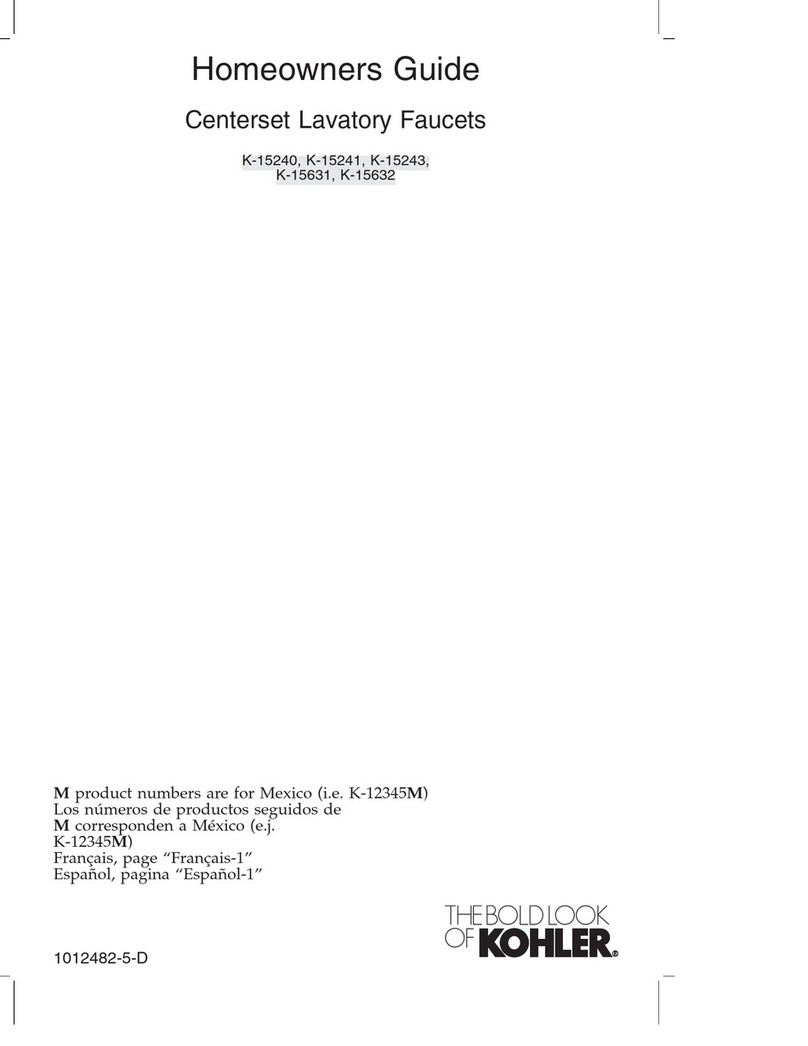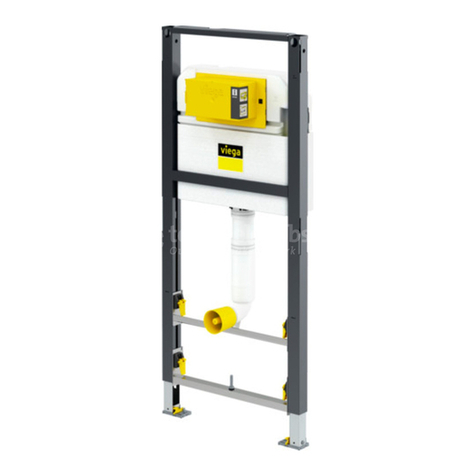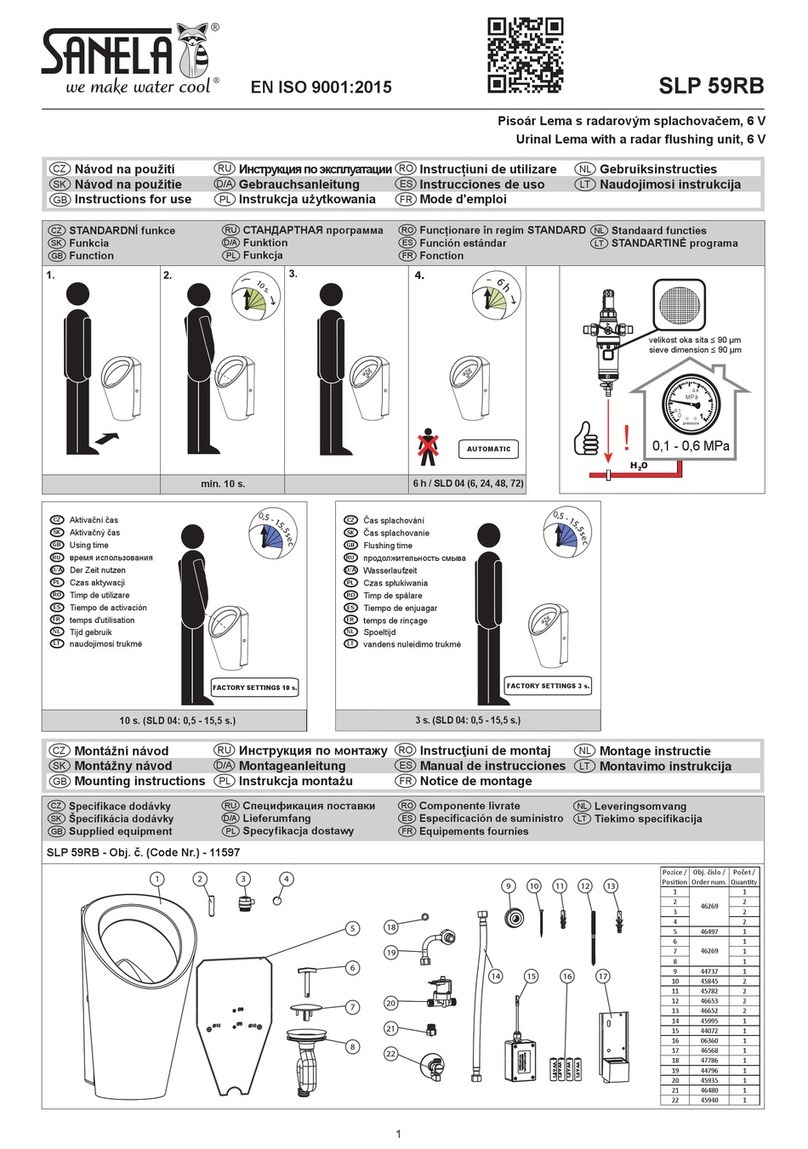
999-995-411.10_REV A 7
Follow all instructions and warnings for resins.
Refer to the resin labeling and SDS for more in-
formation. This will help reduce the risk of health
hazards due to exposure to resin material.
Do not leave mixed resin in container. Chemical re-
actions during curing generate heat. If kept in the
container, that heat could damage the container
and cause burns. Empty all mixed resin onto patch
and spread out. Excess resin can be left to dry on
the protective table covering.
Do not inate the packer outside of an appropri-
ately sized pipe. Do not inate the packer without
packer sleeve/patch/appropriate containment on
the packer per these instructions. This will reduce
the risk of the equipment bursting and causing
serious damage or injury.
Do not over-pressurize the equipment. This will
reduce the risk of the equipment bursting and
causing serious damage or injury.
Follow setup and operating instructions to reduce
the risk of injury from chemical burns, infections
and other causes, and prevent system damage.
1. Check work area for:
• Adequate lighting.
• Place out of direct sunlight for mixing resin, near
the point of insertion in the pipe.
• Clear, level, stable, dry location for all equipment
and operator.
• Confirm that there is sufficient ventilation. When
working indoors, windows may need to be opened
and/or powered ventilation may be needed to
remove resin fumes.
• Clear path between patch wet out area and point
of insertion in pipe.
2. Make sure all equipment has been properly in-
spected.
Proper pipe patch installation is dependent on prepara-
tion and timing. Figure 7 shows the general pipe patching
steps. Every Pipe Patching job is different and requires
the installer to exercise good judgment and follow indus-
try best practices. Every jobsite is different and requires
the skill and good judgment of the installer to choose
proper methods and practices. A checklist is provided at
the end of this manual to help ensure that all steps are
completed.
• Wear and damage, look for kinks, cuts, cracks and
breaks.
• Any condition which may prevent safe and normal
operation.
If any problems are found, do not use the equipment
until the problems have been repaired or the parts
replaced.
3. Inspect pull rope for wear and damage that could
reduce its strength.
4. Inspect the patch kit components. Make sure all
components are present and in good condition.
Confirm the resin “use by” date is current and not
expired (See Figure 6).
Figure 6 – Resin Use By Date
5. Inspect and maintain any other equipment being
used per its instructions to make sure it is functioning
properly.
Set-up And Operation
WARNING
Always wear appropriate personal protective equip-
ment. Appropriate personal protective equipment
always includes safety glasses and chemical re-
sistant gloves and may include equipment such as
face shields, long sleeves, safety shoes, hard hat,
and respirator as appropriate. This will reduce the
risk of injury.
Pipe patching resin fumes may irritate the skin
and lungs or damage the eyes. Refer to the resin
labeling and SDS for more information.
Drains may contain chemicals, bacteria and other
substances that may be toxic, infectious, cause
burns or other issues.
Mix resin and wet out patch in a well-ventilated
area. This reduces the risk of irritation or reactions
from resin fumes.
Pipe Patch
Resin Use By Date
www. .com information@itm.com1.800.561.8187
